Businesses that operate in Southeast Asia need to better understand that the Asian terrorism threat is unique, complex and specific to the region: Report
Businesses that operate in Southeast Asia need to better understand that the Asian terrorism threat is unique, complex and specific to the region, according to Lloyd’s, the world’s leading specialist insurance market.
A new report from Lloyd’s and the International Institute for Strategic Studies (IISS), Terrorism in Asia: What does it mean for business, launched today at Lloyd’s 360 Risk Debate in Singapore, warns that traditional forms of terrorism in Asia are being superseded by area specific threats, such as criminal gangs with political agendas, and businesses need to respond to these.
The report outlines five practical actions that businesses can take to minimise the threat from a terrorist attack:
• gather high-quality information from the right source – using the expertise of government and academic bodies – to guide strategy and operations;
• choose locations wisely – across the world the possibility of a direct attack is low but businesses need to consider the risk of indirect damage;
• adopt security as good practice, not a burden;
• protect supply chains; and
• engage with local communities and understand local customs and traditions.
Speaking at the 360 Risk debate in Singapore, Richard Ward, Lloyd’s Chief Executive, said:
“There is no such thing as a uniform global threat, and in South East Asia, businesses face some complex and specific regional issues. While there are fewer occurrences of Islamist terrorism in the area, criminal gangs with agendas are on the rise, with kidnappings and other forms of violent crime increasingly prevalent in some parts of the region.
“Businesses need to be better at information gathering from the right source in order to focus on what they are actually threatened with, not reading the media headlines that usually focus on radicalism, and making decisions based on that.”
The report found that the main threat to businesses operating in Southeast Asia were proximity to Western targets, such as embassies, high commissions, hotels; kidnapping of employees; and threats to transport routes and supply chains.
“If a company’s supply chain is attacked or shut down, it simply can not survive. While many businesses are aware of possible attacks on their premises and take precautions to avoid this, too few take into account their operating systems and transport routes,” Ward added.
“There is no such thing as a uniform global threat, and in South East Asia, businesses face some complex and specific regional issues.
The Lloyd’s report is the culmination of a year's work with the IISS designed to analyse the specific risks for businesses trading in Southeast Asia.
Lloyd’s launched the 360 Risk project two years ago to help drive the debate on emerging risk and bring together experts to discuss solutions for the benefit of businesses across the world. The debate in Singapore is the third in a series focusing on terrorism, with previous events held in London and New York.
Southeast Asia terrorism
Bali Bombings
On 12 October, 2002, three bombs were detonated in the Indonesian resort of Kuta, Bali, causing the deaths of 202 people, of whom the majority were foreign tourists. Three years later on 1 October, 2005, bombers struck again in Kuta and nearby Jimbaran, killing 20 people, mostly Indonesian but also a number of Australians and Japanese nationals died. The causalities could have been much higher in the second bombing if three devices had not failed to explode.
Aside from the human loss, Indonesian tourism suffered with numbers dropping dramatically after the attacks. September 11 had already caused a decline in international flights and a pronounced drop in tourism in Indonesia. For Bali, the impact was especially high, and while 2006 and 2007 show noticeable improvements, one report indicated there have been 22 restaurant and hotel closures in one hilltop resort since the 2002 attack.
Jakarta Marriot Bombing 2 August 2003 and Australian Embassy Bombing 9 September 2004
On 5 August, 2003, a suicide bomber detonated a car bomb outside the Marriot Hotel in Jakarta killing himself, 11 others and injuring more. Almost a year later on 9 September another suicide bomber blew himself up in a van outside the Australian embassy in Jakarta, killing a number of people, and injuring scores of others. The vast majority of victims were Indonesian with one Dutch businessman reported dead in the first blast. Both attacks were claimed by a local terrorist group, Jemaah Islamiah. The bombs were sourced to one person with trace elements of chemicals in both bombs linked to earlier attacks.
Aside from the human cost, the greatest impact was the damage done to target buildings and their immediate vicinities. The Marriot Hotel remained closed for five weeks and the loss of custom was estimated to have cost the hotel $US8m. Both attacks caused a drop in the Indonesian stock market: the Marriot Blast 3.1% and the Australian embassy blast 4%; however, the markets bounced back quickly. One specific figure in the wake of the Australian Embassy bombing said hotel occupancy dropped by half, although by March the subsequent year it had recovered by 70%.
Kidnapping and the Abu Sayyaf Group (ASG) in the Philippines
ASG, established by Philippino Abdurajik who fought with Osama bin Laden in Afghanistan in the early 1990s, is predominantly a Philippine extremist group notorious for kidnapping for ransom and with a preference for targeting Westerners. Figures drawn up by the IISS highlight that less than 10% of ASG victims are Western and at least 147 Philippine nationals have been kidnapped by the group since 2000.
The most obvious impact of this to business is the threat to personnel, who have to travel to regions where the ASG are active. If the individual is there on company business, then it immediately becomes an issue for the employer, who might be expected to meet ransom demands or added costs of personnel security.





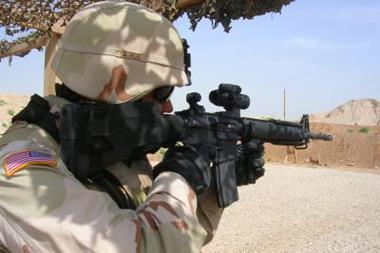
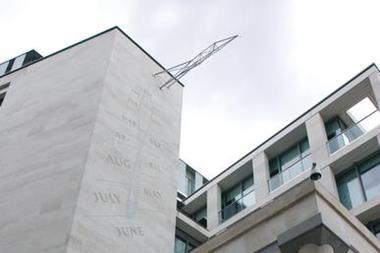
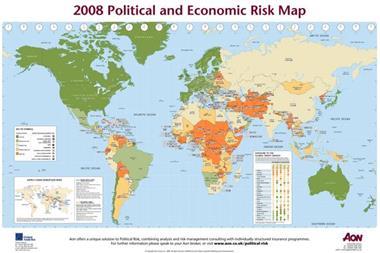

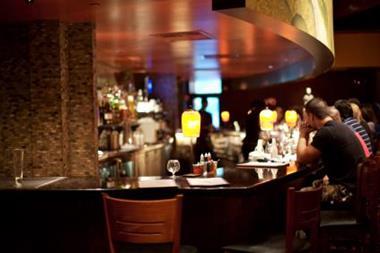






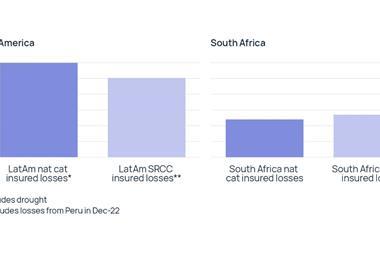



No comments yet